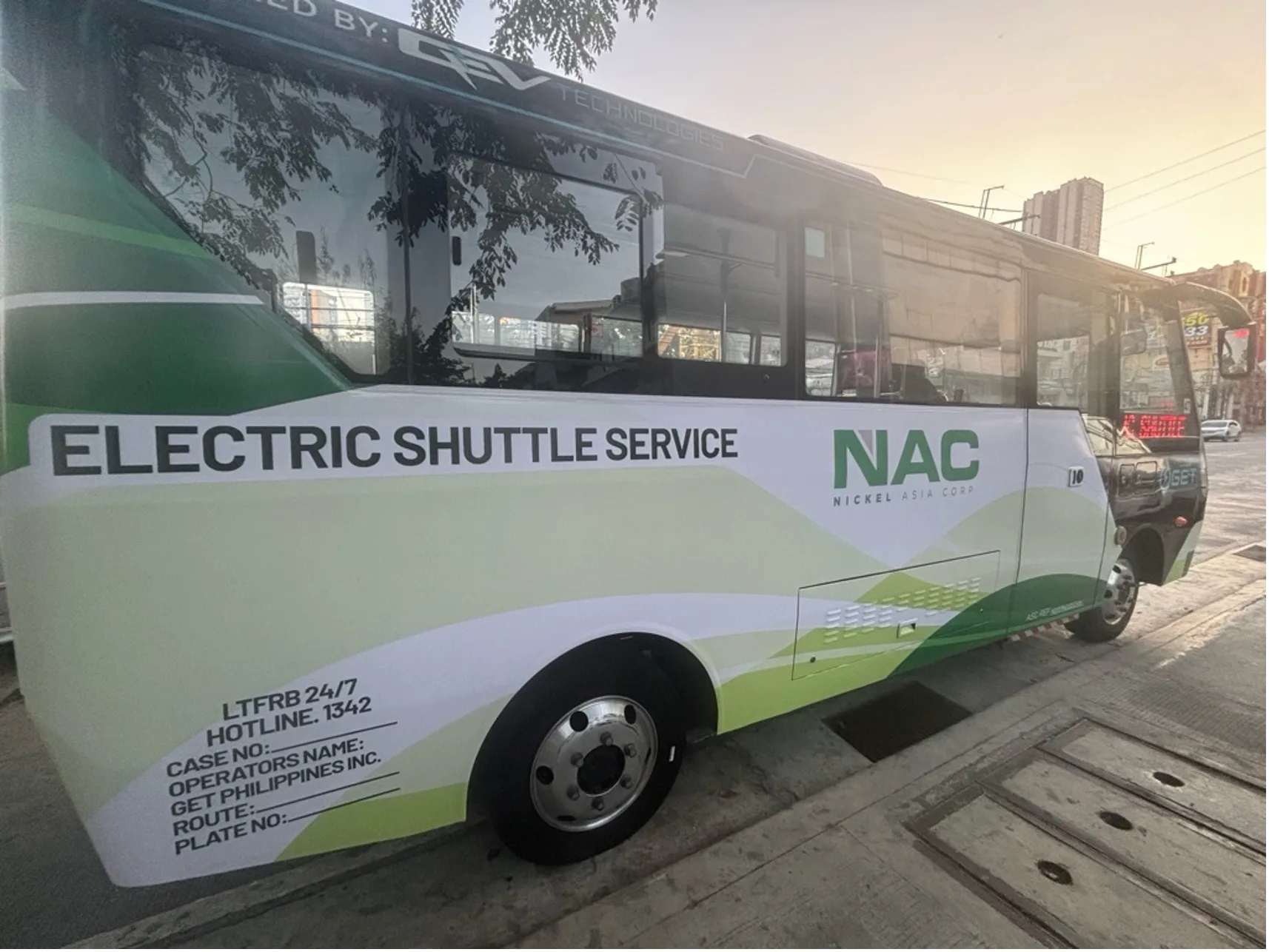Transit Advertising Philippines for Unmatched Brand Name Exposure
Exactly How Transit Advertising And Marketing Can Change Public Transport Spaces Into Dynamic Advertising Platforms
Transit advertising and marketing holds considerable potential to redefine mass transit spaces into vivid advertising platforms that involve and inform. By making use of innovative styles such as interactive booths and electronic display screens, brands can not only get to a varied audience however likewise boost the overall commuter experience. This technique develops a distinct possibility for brand names to get in touch with consumers in a setting that is frequently forgotten. As we explore the diverse advantages and developing approaches of transportation advertising, it raises the concern of just how this transformation could redefine our communications with both brand names and the city environment.
Benefits of Transit Advertising And Marketing

Furthermore, transportation marketing is highly cost-efficient contrasted to standard media. It permits marketers to attain high impacts at reduced expenses, making the most of roi. The restricted target market of travelers supplies an opportunity for brands to share their messages to individuals who are commonly responsive throughout their traveling times.
Additionally, the dynamic nature of transportation advertising and marketing enables projects to be upgraded regularly, guaranteeing that messaging stays prompt and appropriate. This versatility can be vital in reacting to market patterns or marketing events, maintaining the brand top-of-mind for customers. Last but not least, the pervasive existence of transportation advertising contributes to brand recall; duplicated direct exposure within acquainted travel contexts reinforces brand understanding and cultivates customer commitment, ultimately improving and driving sales brand name reputation.
Sorts Of Transit Marketing
Public transport systems give various formats for advertising, each catering to different advertising methods and target market involvement methods. One prominent type is exterior bus and train wraps, which cover the whole lorry and create a mobile signboard effect, enabling high exposure in city settings. These covers can capture interest as they pass through hectic roads, getting to a varied audience.
Another preferred layout is indoor marketing, that includes posters, digital displays, and advertisements on transportation seats. These positionings engage guests throughout their journey, reinforcing brand name messaging in a restricted space. Digital presents, specifically, provide the advantage of vibrant material, enabling marketers to update messages in real-time.
Station advertising and marketing is likewise considerable, including posters, banners, and interactive booths within transit terminals. These ads leverage foot website traffic and can target certain demographics based on area.
Last but not least, marketing partnerships with transportation authorities can result in unique projects, such as themed transit experiences or occasions, enhancing the total interaction with commuters. Each kind of transportation advertising offers distinctive advantages, enabling brands to customize their technique to successfully reach their target audience within the public transportation ecosystem.
Involving Commuters Effectively
Travelers are significantly swamped with marketing messages during their daily travels, making it vital for brands to engage them in cutting-edge methods. To capture focus in this congested space, advertisers have to prioritize imagination and relevance. Making use of captivating visuals and concise messaging can dramatically improve the likelihood of involvement.
Interactive aspects, such as QR codes or augmented truth features, can additionally transform static ads right into immersive experiences, promoting a deeper link with the target market. Brands need to focus on dealing with commuters' rate of interests and demands, tailoring messages helpful resources to reverberate with their lifestyle, whether through promos for regional services or services made to boost their travelling experience.
Furthermore, timing plays a vital duty; purposefully positioning advertisements throughout height commuting hours can maximize visibility and impact. Involving travelers properly additionally entails leveraging social media sites assimilation, permitting guests to share their promos or experiences straight from transportation platforms, thus magnifying brand reach.
Fundamentally, efficient interaction hinges on understanding the commuter journey and producing engaging, interactive, and pertinent advertising and marketing experiences that not just catch focus but additionally drive action and loyalty. By doing so, brands can transform public transport into a dynamic marketing system that resonates with its audience.

Measuring Advertising And Marketing Influence
Just how can brand names accurately examine the effectiveness of their marketing campaigns in transit atmospheres? Determining the influence of transportation marketing needs a diverse strategy that incorporates measurable and qualitative metrics. One common method is tracking interaction through mobile analytics, where brand names can evaluate foot website traffic patterns and pop over to this web-site application interactions previously, throughout, and after projects.
Surveys can give useful insights right into brand recall and consumer view, enabling brands to determine exactly how well their messages resonate with travelers. Furthermore, keeping track of social media involvement relevant to particular projects can expose shifts in public perception and brand discussion.

Additionally, collaborating with transportation agencies can boost measurement precision, as they typically have thorough demographic information on ridership fads. By integrating these methods, brand names can develop a comprehensive understanding of their advertising and marketing effectiveness, making sure that their campaigns not just get to however also affect their target audiences properly.
Future Patterns en route Advertising
A considerable change is anticipated en route advertising as technological improvements and changing customer actions reshape the landscape. Transit Advertising Philippines. The combination of interactive media and electronic display screens is expected to enhance interaction, permitting brands to supply vibrant content that reverberates with diverse audiences. As mass transit systems accept smart modern technology, marketers will utilize real-time information analytics to tailor messages based on traveler demographics and actions
Moreover, increased reality (AR) is positioned to reinvent the means commuters communicate with ads. By offering immersive experiences, AR can transform an ordinary journey into an interesting story that captures focus and promotes brand name loyalty. This development will likely encourage marketers to create more experiential projects that drive consumer communication.
Sustainability is one more critical fad influencing transportation advertising. As ecological consciousness expands, brand names will progressively look for to line up with environmentally friendly practices, using lasting materials and advertising green campaigns within their campaigns.
Verdict
To conclude, transportation marketing supplies significant benefits by enhancing brand presence and engaging a restricted audience. Via various layouts, such as exterior covers and electronic screens, it transforms public transport into a vivid advertising system. Reliable interaction approaches and robust dimension methods better enhance its influence. As fads develop, the capacity for innovative communications in between commuters and brand names is poised to expand, ensuring that transit advertising and marketing remains a vital component of contemporary advertising and marketing strategies.
Transit advertising holds significant potential to redefine public transport rooms right into lively marketing platforms that engage and inform. The prevalent existence of transit advertising and marketing adds to brand name recall; repeated exposure within acquainted view traveling contexts strengthens brand awareness and cultivates customer commitment, eventually boosting and driving sales brand name online reputation.
Just how can brands accurately assess the performance of their advertising and marketing campaigns in transit environments?In verdict, transportation marketing provides significant advantages by boosting brand name exposure and engaging a restricted audience. Transit Advertising Philippines. As trends advance, the possibility for ingenious interactions between brand names and travelers is positioned to grow, making certain that transportation advertising continues to be a crucial component of modern-day marketing approaches